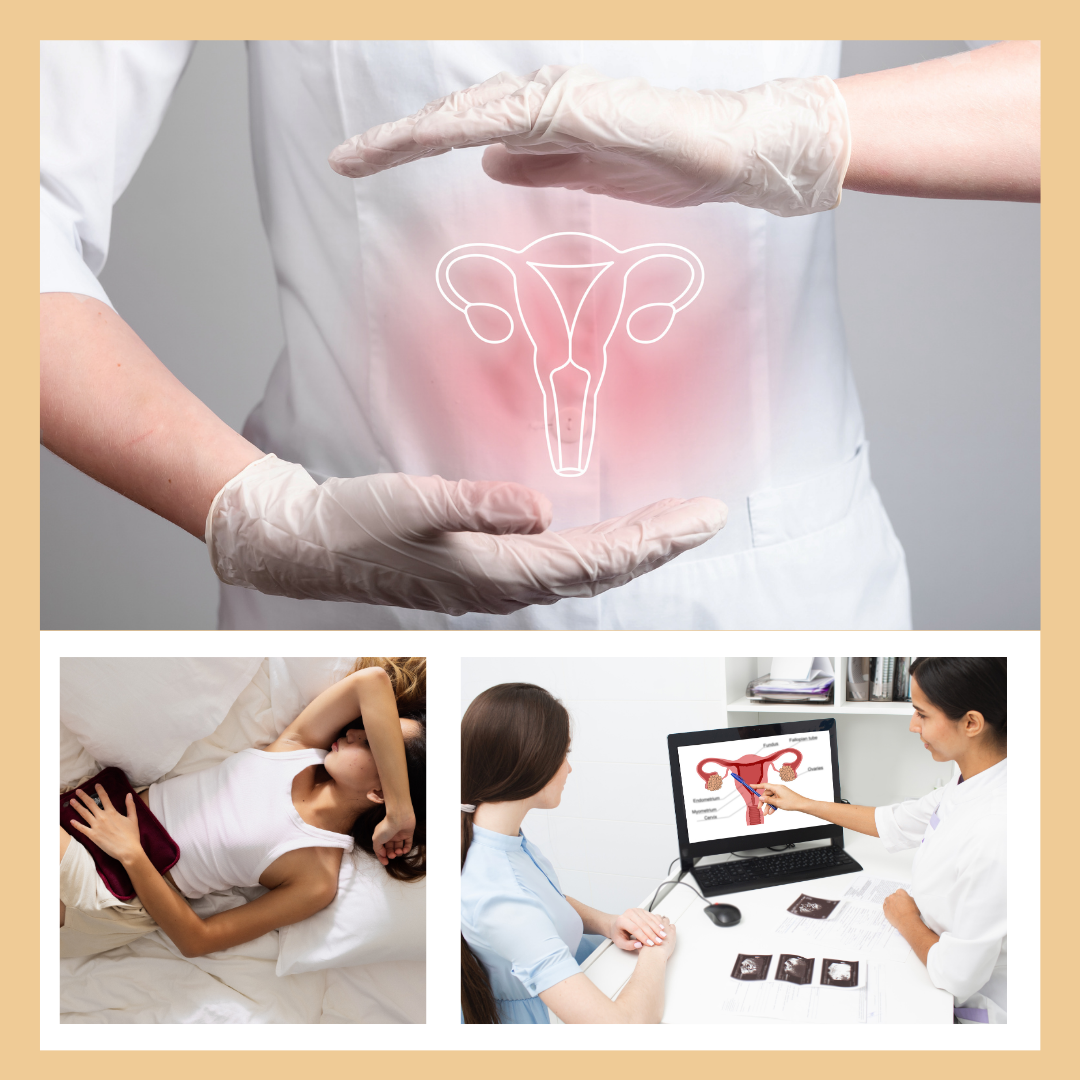May is Pelvic Pain Awareness Month

May is Pelvic Pain awareness month. This month we will publish various blogs and create social media posts to improve awareness to pelvic pain conditions and options to help.
What is pelvic pain?
Pelvic pain covers a multitude of diagnoses from muscle disorders to nerve disorders and/or organ disorders. Pelvic pain is any pain in the pelvic region. This includes pain in the abdomen and pelvis, which can refer to the low back, buttock, and/or thighs.
What is the pelvis responsible for?
The pelvis functions include bladder, bowel, and sexual dysfunction, as well as lymphatic drainage of the lower extremity. The pelvis connects the lower legs to the spine, trunk and upper body. Injury to the pelvis may lead to disruption of movement (changing position, walking, exercise, etc) and the ability to sit and lay down.
What is chronic pelvic pain?
Pelvic pain is pain lasting longer than six months in the pelvic region.
It often leads to problems with bowel, bladder, or sexual function. Chronic pelvic pain is a very common issue and affects all genders.
Pain often elicits a physical, mental and emotional response, one of the most common being fear of movement. Successful treatment has been linked to a multi-disciplinary approach to address dysfunction both physically, emotionally and psychologically.
The body’s response to pain
Commonly, individuals who experience persistent pain will limit their mobility out of a natural desire to protect and preserve their body. In doing so, they may actually be causing more problems such as excessive muscle tension/guarding, hypersensitization of tissues, decreased flexibility of the muscles and connective tissues, decreased mobility and lubrication in the joints, and decreased muscle strength, all of which can create more aches
Why does experiencing pain often lead to more pain?
When a movement is associated with pain, the brain can anticipate pain leading to fear of movement and more pain. The brain also begins to disassociate away from the body part causing pain which may lead to an inability to pinpoint to your pain or difficulty describing your pain.
Options for treatment
Pelvic pain includes a huge number of diagnoses. The best start is to get a definitive diagnosis and discuss treatment options with your doctor to determine your best course of action so you can achieve your medical goals.
Conservative:
- Pelvic health physical therapy
- Yoga
- Meditation
- Talk therapy, psychotherapy
- Medications (pain relief, anti-depressants, hormone therapy)
Invasive:
- Spinal nerve stimulation
- Trigger point injections
- Surgical interventions
Yoga and Gentle Stretching to combat chronic pain
Yoga is a long standing practice that gently brings awareness to our bodies through observation of the mind and body. When experiencing pelvic pain, it can be beneficial to bring more awareness to the pelvis and how it feels for you. The majority of poses can be modified to support tight structures allowing the body to slowly unwind at its own pace. Yoga practice involves focus on conscious breath work which naturally calms down the mind and body reducing fear and anxiety. Movements are slow emphasizing the notion that movement is safe and can feel good again.
How can Pelvic Health PT Help?
Pelvic health physical therapy focuses on improving the natural tissue mobility of the pelvis and reconnecting the pelvis to the rest of your body. Your pelvic health physical therapist typically evaluates your posture and pelvic alignment, range of motion of your back and hips, and soft tissue of your abdomen, pelvis and legs. Your pelvic health PT may also do an internal examination to assess the pelvic floor muscles, either vaginally or rectally, to check the strength and look for areas that may be tight and tender. Your pelvic health PT will teach relaxation and breathing techniques to help decrease pain symptoms. Each individual receives a home program that is updated, as you progress through treatment.
Body Harmony Physical Therapy offers up to one hour treatment in a private treatment room. We have the supports and equipment to offload the body and help patients find gentle stretching positions that work for them. We also specialize in manual therapy techniques to improve tissue mobility and promote natural organ, muscle, nerve and tissue movement. We offer telehealth services and offer a quick call back option for potential patients who have questions or concerns related to physical therapy.







